Home>diy>Building & Construction>What Do Construction Workers Wear
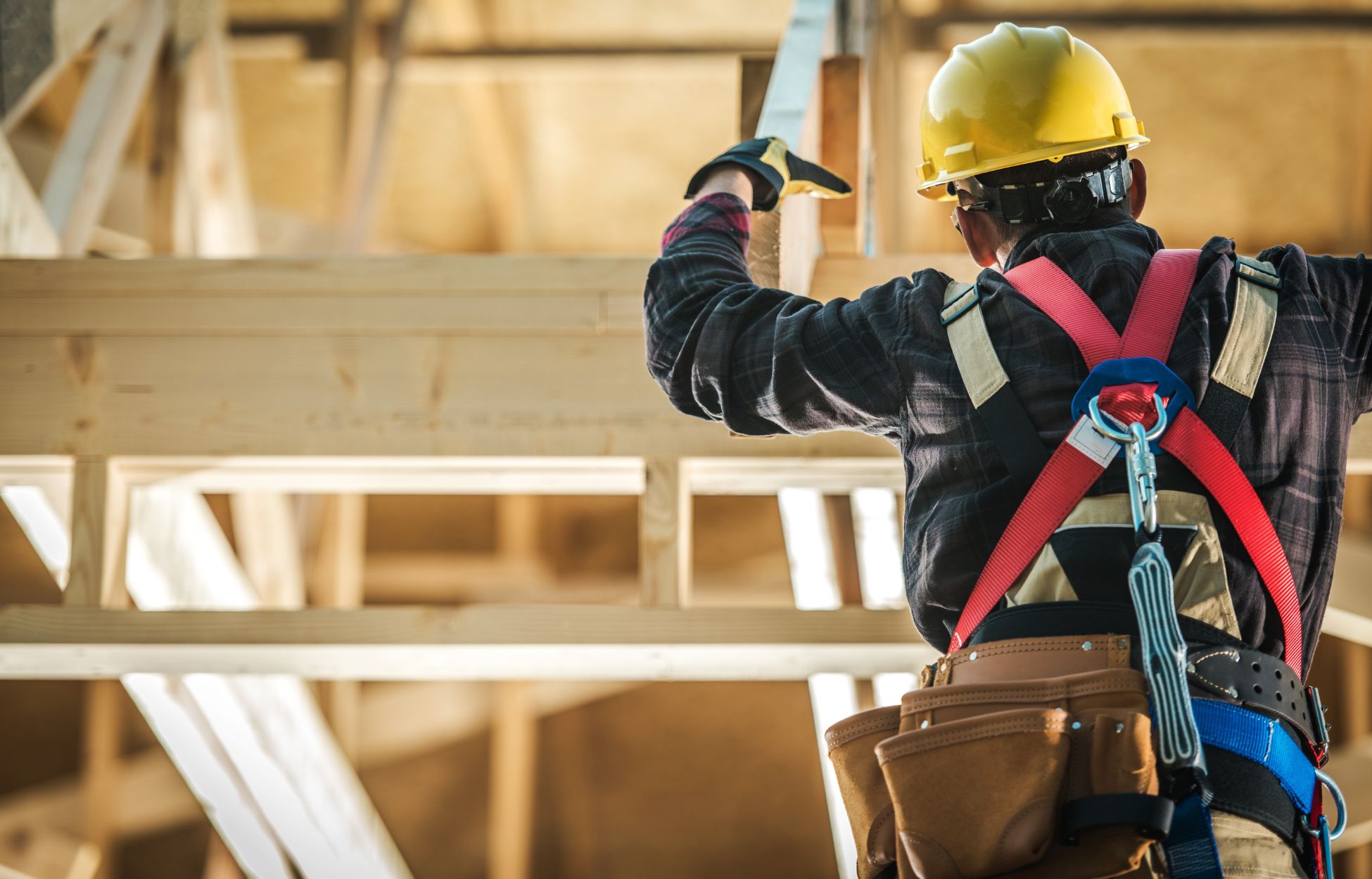

Building & Construction
What Do Construction Workers Wear
Modified: January 4, 2024
Discover what construction workers wear on the job. From protective clothing to specialized gear, explore the essential attire for building construction.
(Many of the links in this article redirect to a specific reviewed product. Your purchase of these products through affiliate links helps to generate commission for Storables.com, at no extra cost. Learn more)
Introduction
Construction work is a demanding and dynamic field that requires various safety precautions to protect workers from potential hazards. One crucial aspect of ensuring the safety of construction workers is providing them with appropriate protective gear. This article will delve into the topic of what construction workers wear to shield themselves from potential dangers on the job site.
Construction sites are filled with numerous safety hazards, such as falling objects, electrical hazards, chemical exposure, and loud noises. In order to mitigate these risks, construction workers must adhere to safety regulations and wear the necessary protective equipment.
While the exact requirements may vary depending on the specific job and location, there are common safety gear standards that apply across the construction industry. These standards are designed to protect construction workers and minimize the potential for accidents and injuries.
From head to toe, construction workers wear a variety of protective gear to safeguard themselves. This includes head protection, eye and face protection, hearing protection, respiratory protection, hand protection, foot protection, body protection, and high-visibility clothing. Let’s explore each category in more detail.
Key Takeaways:
- Construction workers must wear a range of protective gear, from hard hats to high-visibility clothing, to safeguard themselves from potential hazards such as falling objects, loud noises, and chemical exposure.
- Employers play a crucial role in providing and ensuring the proper usage and maintenance of protective gear, fostering a culture of safety, and prioritizing the well-being of construction workers on job sites.
Read more: Why Do Construction Workers Wear Orange
Safety Regulations for Construction Workers
Construction workers are subject to strict safety regulations to ensure their well-being and minimize workplace accidents. These regulations are put in place to protect workers from hazards that commonly exist on construction sites.
The Occupational Safety and Health Administration (OSHA) is the primary government agency responsible for overseeing workplace safety in the United States. OSHA has established standards that construction employers must follow to provide a safe working environment for their employees.
Some of the key safety regulations for construction workers include:
- Fall Protection: Construction workers who perform tasks at heights above six feet must be provided with fall protection measures, such as guardrails, safety harnesses, and safety nets.
- Scaffold Safety: Construction workers who work on scaffolding must receive proper training on its assembly, use, and dismantling. Scaffold structures must be inspected regularly to ensure their stability.
- Electrical Safety: Construction workers must be protected from electrical hazards, including the proper use of ground fault circuit interrupters (GFCIs), lockout/tagout procedures when working near electrical equipment, and avoiding contact with overhead power lines.
- Hazard Communication: Construction workers must have access to information about hazardous chemicals on the job site, including proper handling, storage, and emergency response procedures.
- Personal Protective Equipment (PPE): Construction workers must be provided with and wear appropriate PPE to protect against specific job-related hazards.
- Excavation Safety: Construction workers involved in trenching and excavation work must be protected from cave-ins by using protective systems, regular inspections, and proper training.
- Tool Safety: Construction workers must use tools and equipment properly, inspect them regularly for defects, and store them in a safe manner.
Complying with these safety regulations is crucial for both the employer and the employees. By following these guidelines, construction employers can create a safer work environment, reduce the risk of accidents, and ensure the well-being of their workers.
Head Protection
Head protection is essential in the construction industry, as it helps prevent head injuries caused by falling objects, fixed structures, or accidental bumps. Wearing the appropriate head protection can significantly reduce the risk of severe head trauma and safeguard the construction worker’s well-being.
The most common type of head protection worn by construction workers is a hard hat. Hard hats are designed to absorb the impact of falling objects and distribute the force across the helmet to minimize the risk of head injury. They typically consist of a rigid outer shell made of high-density polyethylene and a suspension system inside that provides a comfortable and secure fit.
It is important to note that not all hard hats are the same. Different tasks and work environments may require specific types of hard hats. For example, construction workers working near electrical hazards should wear hard hats equipped with dielectric protection to prevent electrical conductivity.
In addition to hard hats, some construction workers may require additional head protection. For example, welders should use welding helmets to shield their faces and eyes from intense heat, sparks, and harmful radiation. These helmets have a flip-up or auto-darkening lens that provides optimal visibility while protecting the face and eyes from welding-related hazards.
It is crucial for construction workers to wear the appropriate head protection at all times while on the job site. Employers should provide the necessary head protection and ensure that it is in good condition and properly maintained. Workers should also inspect their hard hats regularly for any signs of damage and replace them if necessary.
By wearing proper head protection, construction workers can significantly reduce the risk of head injuries and create a safer working environment. It is essential to prioritize safety on construction sites and ensure that all workers have access to and use the appropriate protective gear.
Eye and Face Protection
In the construction industry, eye and face protection is vital to prevent injuries caused by hazards such as flying debris, chemicals, dust, and intense light. Construction workers are often exposed to these risks, making it crucial for them to wear appropriate eye and face protection.
One common form of eye and face protection is safety glasses. Safety glasses are designed to provide impact resistance and protect the eyes from flying objects, particles, and splashes. They are typically made of durable materials such as polycarbonate and feature side shields for additional protection.
For certain tasks that involve more significant hazards, such as welding or working with lasers, construction workers may need specialized eye protection. Welding helmets or goggles with darkened lenses are essential for welders to shield their eyes from intense light and harmful radiation. Similarly, construction workers operating lasers must wear goggles specifically designed to block out laser light.
In addition to eye protection, face protection is necessary in certain situations. For example, when working with chemicals or performing tasks that may cause splashing or spraying of hazardous substances, construction workers should wear face shields. Face shields provide full face protection and are particularly important in preventing chemical burns or injuries caused by flying particles.
It is crucial for employers to provide appropriate eye and face protection to construction workers based on their specific job tasks and hazards. Proper fitting and comfort of the protective gear are also essential to ensure that workers are inclined to wear them consistently.
Construction workers should inspect their eye and face protection regularly for any signs of damage, such as scratches or cracks, and replace them if necessary. Protective eyewear should be cleaned regularly to ensure clarity and visibility. Additionally, workers should be trained on how to properly use, adjust, and maintain their eye and face protection.
By wearing proper eye and face protection, construction workers can significantly reduce the risk of eye injuries, chemical burns, and other facial injuries. Employers must prioritize the safety of their workers by providing the necessary protective gear and ensuring its proper usage. Together, these efforts can create a safer working environment in the construction industry.
Hearing Protection
Hearing protection is crucial for construction workers who are exposed to loud and constant noises on the job site. Prolonged exposure to high noise levels can lead to permanent hearing loss and other auditory complications. Therefore, wearing appropriate hearing protection is essential to safeguard the hearing health of construction workers.
One of the most common forms of hearing protection is earplugs. Earplugs are small devices that are inserted into the ear canal to reduce the amount of noise entering the ear. They are typically made of soft foam, silicone, or rubber materials that conform to the shape of the ear for a comfortable fit. Disposable earplugs are widely available and provide a cost-effective option, while reusable earplugs offer longer-term use and can be cleaned and reused.
Another type of hearing protection is earmuffs. Earmuffs consist of sound-attenuating cups that cover the entire ear and a headband that holds them securely in place. They provide a higher level of noise reduction compared to earplugs and are particularly effective for blocking out lower-frequency noise. Earmuffs often have adjustable bands to ensure a comfortable and snug fit for the wearer.
When choosing hearing protection, it is important for construction workers and employers to consider the specific noise levels and duration of exposure. Noise reduction ratings (NRR) can help determine the level of protection provided by different types of hearing protection. The higher the NRR, the greater the noise reduction capability.
Employers have a responsibility to assess the noise levels on construction sites and provide appropriate hearing protection to workers. Regular monitoring and maintenance of machinery and equipment can also help reduce noise levels and the need for excessive use of hearing protection.
Proper usage and care of hearing protection are vital for ensuring optimal effectiveness. Workers should be trained on how to wear and insert earplugs correctly, or how to properly position earmuffs over the ears. It is also important to clean and replace earplugs or earmuffs as needed to maintain their functionality.
By wearing adequate hearing protection, construction workers can protect their hearing health and reduce the risk of long-term hearing damage. Employers must prioritize the implementation of hearing conservation programs, including regular noise assessments and the provision of appropriate hearing protection, to create a safer and healthier working environment for construction workers.
Read more: Why Do Construction Workers Wear Hard Hats
Respiratory Protection
Respiratory protection is crucial in the construction industry to protect workers from breathing in hazardous substances, such as dust, fumes, gases, and airborne particles. The inhalation of these substances can lead to respiratory problems and long-term health issues. Therefore, wearing proper respiratory protection is essential for the well-being of construction workers.
One common type of respiratory protection is a particulate respirator, often referred to as a dust mask. Dust masks help filter out airborne particles and are particularly useful for tasks that generate dust, such as sanding, grinding, and cutting. They are typically made of fibrous materials that capture particles, preventing them from being inhaled.
For certain construction activities that involve exposure to toxic fumes or gases, such as painting, welding, or using certain chemicals, construction workers may need a respirator with cartridges or filters. These respirators are designed to remove specific airborne contaminants and provide a higher level of protection.
It is important to select the appropriate respirator based on the specific hazards present on the job site. Employers should conduct risk assessments to identify potential respiratory hazards and provide the suitable respiratory protection accordingly.
Proper fitting and training on the use of respiratory protection are essential. A respirator should create a tight seal on the worker’s face to ensure that contaminants are effectively filtered out. Fit testing should be conducted to verify the proper fit of the respirator and to identify any gaps or leaks.
Maintaining and caring for respiratory protection is crucial for its effectiveness. Workers should regularly inspect their respirators for any signs of damage and replace straps, valves, or filters as needed. They should also clean and sanitize the respirator according to the manufacturer’s instructions to ensure optimal performance.
Employers have a responsibility to provide appropriate respiratory protection, train workers on its proper usage, and regularly assess the effectiveness of the respiratory protection program. This includes monitoring air quality, implementing engineering controls to reduce the need for respiratory protection, and conducting regular fit testing and medical evaluations.
By wearing proper respiratory protection, construction workers can minimize their exposure to harmful substances and protect their respiratory health. It is the joint responsibility of employers and workers to prioritize respiratory protection in the construction industry and create a safer working environment.
Construction workers should wear a hard hat, high-visibility clothing, steel-toed boots, and work gloves for safety. Additionally, consider wearing knee pads and a tool belt for added comfort and convenience.
Hand Protection
Hand protection is essential for construction workers as their hands are frequently exposed to various hazards, such as sharp objects, abrasive materials, chemicals, and extreme temperatures. Wearing appropriate hand protection is crucial to prevent injuries, maintain dexterity, and ensure the overall safety and well-being of construction workers.
One common type of hand protection used in the construction industry is work gloves. Work gloves are designed to provide a barrier between the hands and potential hazards. They come in a variety of materials and styles to suit different tasks and hazards.
For general construction work, leather gloves are commonly used. Leather gloves offer protection against cuts, abrasions, and punctures. They are durable and provide a good grip, making them suitable for handling rough materials, tools, and equipment.
For tasks that involve working with chemicals or exposure to hazardous substances, chemical-resistant gloves are necessary. These gloves are made from materials such as nitrile, neoprene, or rubber, which provide protection against chemical splashes, corrosive liquids, and other harmful substances.
Construction workers engaged in electrical work must wear insulated gloves to protect themselves from electric shock. Insulated gloves are made of rubber or other non-conductive materials and are rigorously tested to ensure their electrical resistance.
It is important for construction workers to choose the right type of gloves for their specific tasks and hazards. Gloves should fit properly and allow for dexterity to perform work effectively and safely. Employers should provide a range of glove options and ensure workers receive training on selecting, using, and maintaining gloves.
Regular inspection and maintenance of gloves are crucial to ensure their effectiveness. Construction workers should inspect gloves for any signs of damage, such as tears, punctures, or wear and tear. Damaged gloves should be replaced immediately to maintain proper hand protection.
It is also important to consider comfort and hygiene when using work gloves. Workers should remove and replace gloves as needed to prevent sweat build-up, which can lead to discomfort and skin irritation. Additionally, gloves should be cleaned regularly to maintain cleanliness and avoid the accumulation of dirt, chemicals, or other contaminants.
By wearing proper hand protection, construction workers can reduce the risk of hand injuries and maintain their ability to perform tasks effectively and safely. Employers should prioritize hand protection programs, provide the necessary gloves, and empower workers with the knowledge and resources to protect their hands in the construction environment.
Foot Protection
Foot protection is crucial for construction workers as they are constantly exposed to potential foot injuries from falling objects, sharp objects, heavy equipment, and uneven surfaces. Wearing appropriate foot protection is essential to prevent injuries, maintain stability, and ensure the overall safety and well-being of construction workers.
The most common form of foot protection in the construction industry is safety footwear, commonly known as work boots or safety boots. These boots are specifically designed to provide protection for the feet and ankles in hazardous environments.
Safety boots are constructed with reinforced toe caps, typically made of steel or composite materials, to protect against impact from falling objects or compression caused by heavy equipment. They also have a puncture-resistant sole to prevent injuries from stepping on sharp objects, such as nails or construction debris.
Work boots often have additional features to enhance their functionality and comfort. They may include slip-resistant soles to provide traction on slippery surfaces, insulation to protect against extreme temperatures, and metatarsal guards to shield the top of the foot from impacts.
When choosing safety boots, it is important to select the appropriate level of protection and ensure proper fit. Workers should consider the specific hazards they may encounter on the job site and choose boots that meet relevant safety standards and regulations.
Employers have a responsibility to provide suitable safety footwear to their construction workers. They should assess the job site for potential foot hazards and select appropriate boots accordingly. Employers should also educate workers on the importance of consistently wearing and maintaining their safety boots.
Regular inspection and maintenance of safety boots are crucial to ensure their effectiveness. Workers should inspect their footwear for any signs of wear, such as cracked soles or damaged toe caps, and replace them if necessary. Proper cleaning and care of boots can extend their lifespan and functionality.
It is also important for workers to wear the appropriate socks to complement their safety boots. Moisture-wicking socks can help keep feet dry and prevent blisters or foot discomfort. Changing socks regularly and keeping feet clean can also contribute to foot health and comfort on the job site.
By wearing proper foot protection, construction workers can reduce the risk of foot injuries and maintain stability and comfort during their work. Employers should prioritize foot protection programs, provide the necessary safety footwear, and educate workers on the importance of wearing and maintaining their safety boots in the construction environment.
Body Protection
Body protection is essential for construction workers as it helps safeguard them from a wide range of hazards, such as falling objects, flying debris, chemical exposure, extreme temperatures, and electrical risks. Wearing appropriate body protection is crucial to prevent injuries, minimize the impact of accidents, and ensure the overall safety and well-being of construction workers.
One of the most common forms of body protection is a safety vest or high-visibility clothing. These garments are brightly colored and often equipped with reflective strips that increase visibility, especially in low-light conditions. They are essential for construction workers who work near roadways or in areas with moving vehicles, ensuring that they are easily seen by drivers and other workers.
Coveralls or work suits are another form of body protection used in the construction industry. These one-piece garments cover the entire body and provide protection against dirt, dust, chemicals, and other potential contaminants. They are typically made of durable materials that offer resistance to tearing and abrasion.
For certain tasks that involve exposure to hazardous substances, such as paints, solvents, or harmful dust particles, workers may need additional body protection. This can include disposable or reusable coveralls made from chemical-resistant materials, gloves, and boot covers to prevent hazardous substances from coming into contact with the skin.
In cases where there is a risk of fire or extreme temperatures, flame-resistant clothing may be necessary. Flame-resistant garments are made from materials that self-extinguish when exposed to flames, providing valuable time for workers to escape a hazardous situation.
It is crucial for employers to provide appropriate body protection to construction workers based on the specific tasks and hazards they encounter on the job. The protection should be in compliance with relevant safety standards and regulations.
Regular inspection and maintenance of body protection are essential to ensure their effectiveness. Workers should inspect their garments for any signs of damage, such as tears or worn-out reflective strips, and replace them if necessary. Cleanliness and proper storage are also important to maintain the integrity and functionality of body protection.
Workers should be educated on the proper usage and care of body protection. This includes wearing the appropriate garments for specific tasks, ensuring a proper fit, and following cleaning instructions provided by the manufacturer.
By wearing proper body protection, construction workers can minimize the risk of injuries and maintain their safety and visibility on the job site. Employers should prioritize body protection programs, provide necessary garments, and ensure workers are adequately trained on their usage to create a safer working environment in the construction industry.
High Visibility Clothing
High visibility clothing is a crucial form of protective gear for construction workers. Also known as hi-vis clothing or safety vests, these garments are designed to enhance visibility and ensure the safety of workers in environments where they may be exposed to moving vehicles or low-light conditions.
High visibility clothing is typically made with bright, fluorescent colors such as neon yellow, orange, or lime green. These colors are highly visible during the day and stand out against most backgrounds. In addition to the high-contrast colors, reflective strips or tape are incorporated into the design to increase visibility in low-light conditions.
Construction workers who are near roadways, highways, or other areas with vehicular traffic are required to wear high visibility clothing to make them easily seen by drivers. This helps to prevent accidents and ensures that workers are noticed even from a distance. High visibility clothing is also essential for workers on construction sites where there may be multiple workers moving around, reducing the risk of collisions.
High visibility clothing should be ANSI/ISEA (American National Standards Institute/International Safety Equipment Association) compliant to meet safety standards. The clothing should have the appropriate level of fluorescent background material and reflective material to ensure optimal visibility and protection.
It is crucial for workers to properly wear and maintain high visibility clothing. The garments should fit well and be adjusted to ensure maximum visibility. It’s important to inspect the clothing regularly for any signs of wear or damage, such as fading fabric or peeling reflective strips, and replace them when necessary. Keeping the clothing clean and free from dirt or debris also helps to maintain its visibility.
Employers play a significant role in providing high visibility clothing to their construction workers. They should ensure that workers have access to appropriate hi-vis garments and educate them on when and how to wear them. Employers should also enforce a strict policy that makes wearing high visibility clothing mandatory in areas where visibility is a concern.
By wearing high visibility clothing, construction workers can significantly reduce the risk of accidents and improve their overall safety on the job site. Employers should prioritize the use of high visibility clothing and continuously promote a culture of safety to ensure the well-being of their workers in the construction industry.
Conclusion
In the construction industry, the safety and well-being of workers is paramount. Construction sites are filled with potential hazards, making it essential for construction workers to wear appropriate protective gear to mitigate the risks they face on a daily basis. From head to toe, construction workers utilize a range of protective equipment to safeguard themselves.
Head protection is crucial in preventing head injuries caused by falling objects or accidental bumps. Hard hats, welding helmets, and other specialized headgear provide invaluable protection for construction workers.
Eye and face protection is essential to shield construction workers from flying debris, chemical exposure, and other hazards. Safety glasses, goggles, and face shields are worn to prevent eye injuries and maintain clear vision.
Hearing protection is vital in reducing the risk of noise-induced hearing loss for construction workers exposed to loud noises. Earplugs and earmuffs help protect their hearing and maintain their auditory health.
Respiratory protection is necessary to safeguard construction workers from inhaling harmful substances like dust, fumes, and chemicals. Dust masks and respirators filter out pollutants and ensure clean air intake.
Hand protection is critical to prevent injuries from sharp objects, chemicals, and extreme temperatures. Gloves geared towards specific hazards provide much-needed protection and dexterity for construction workers.
Foot protection is essential as construction workers encounter potential hazards such as falling objects, sharp objects, and uneven surfaces. Safety boots with reinforced toe caps and puncture-resistant soles offer sturdy protection for their feet.
Body protection, including safety vests and coveralls, protects construction workers from various hazards such as falling objects, chemical exposure, extreme temperatures, and electrical risks.
High-visibility clothing ensures the safety of construction workers by making them easily visible, whether in low-light conditions or on busy work sites with moving vehicles. This type of clothing reduces the risk of accidents and improves overall visibility.
To create a safe work environment, employers must prioritize the provision of appropriate protective gear and ensure workers are educated on its usage. Regular inspections, maintenance, and adherence to safety regulations are crucial to ensuring the effectiveness of the protective gear. Additionally, fostering a culture of safety in the construction industry helps in establishing a mindset where workers prioritize their own well-being and that of their colleagues.
In conclusion, wearing the right protective gear is essential for construction workers to minimize the risk of injuries and accidents on the job site. By prioritizing safety and providing the necessary protective equipment, employers can create a safer working environment that promotes the well-being of construction workers. Encouraging workers to wear and properly maintain their protective gear ensures their safety and enhances overall productivity in the construction industry.
Frequently Asked Questions about What Do Construction Workers Wear
Was this page helpful?
At Storables.com, we guarantee accurate and reliable information. Our content, validated by Expert Board Contributors, is crafted following stringent Editorial Policies. We're committed to providing you with well-researched, expert-backed insights for all your informational needs.
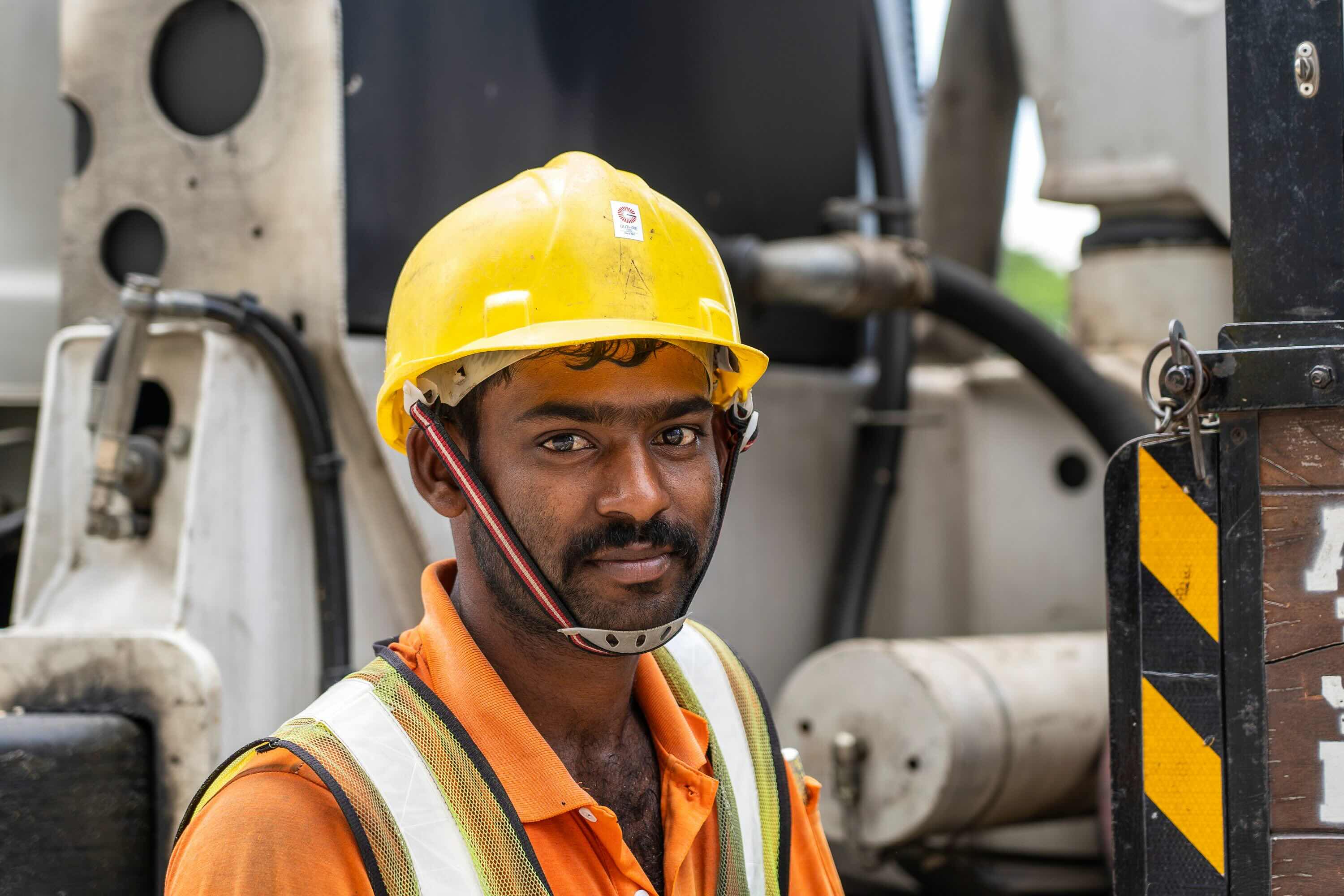
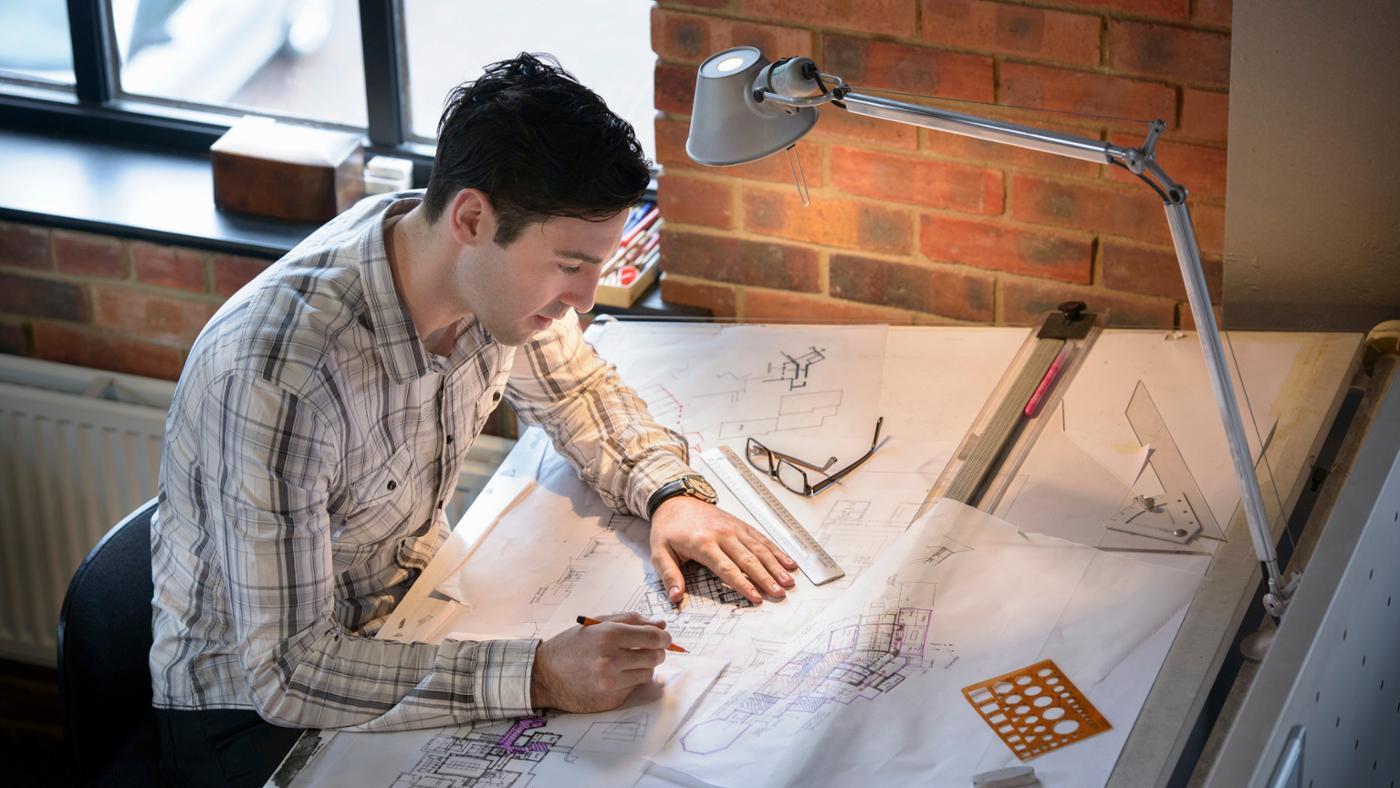
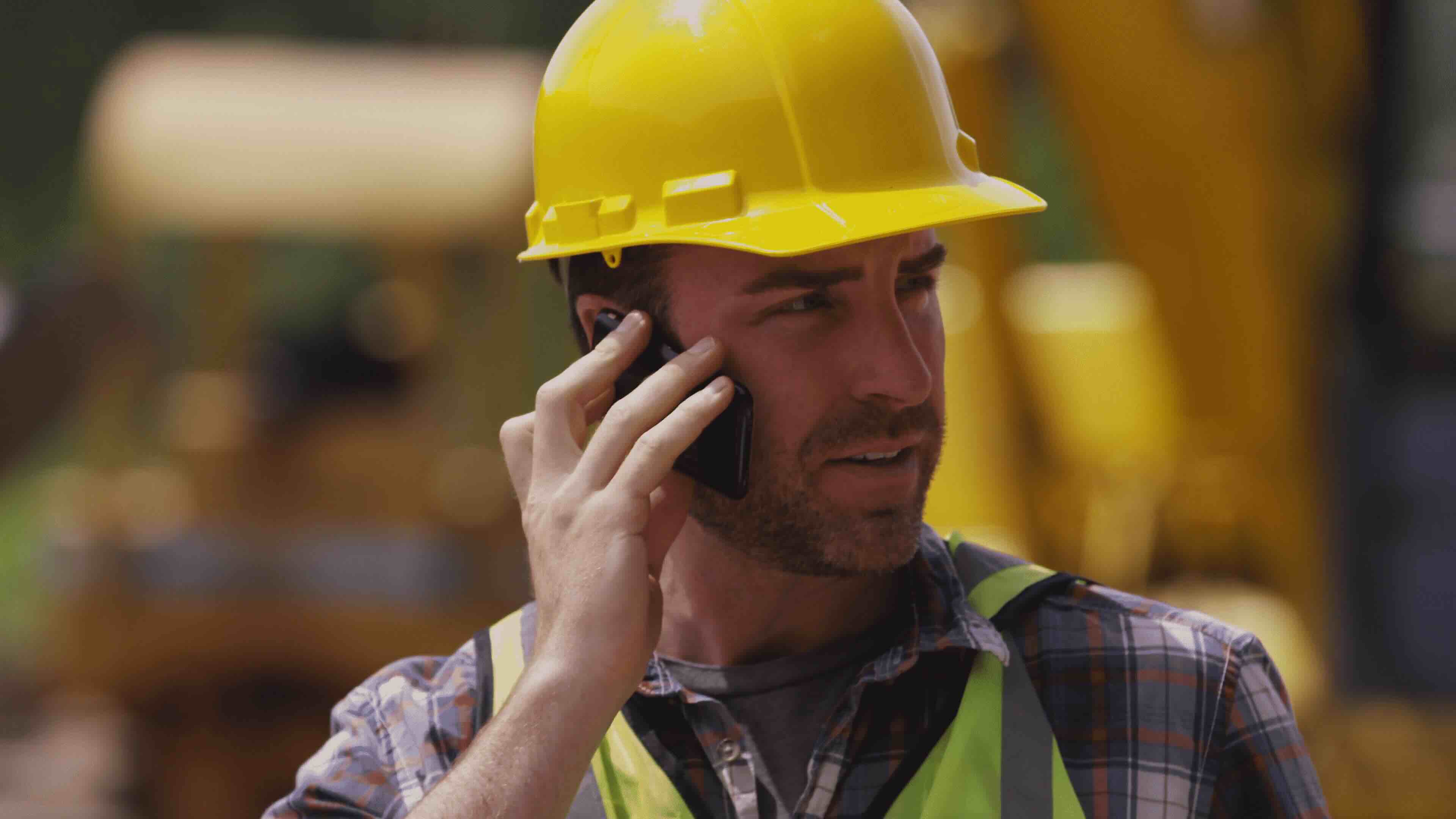
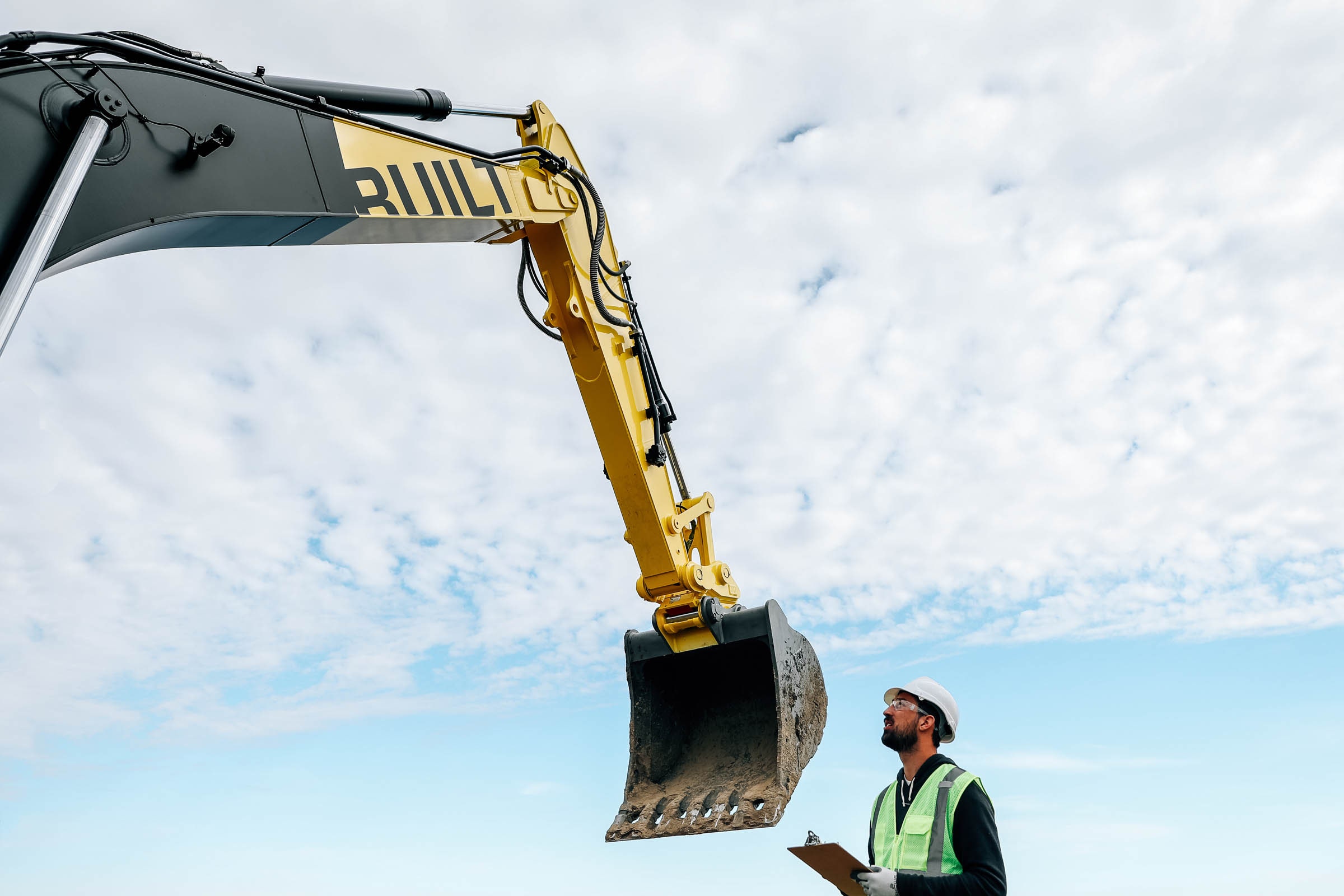
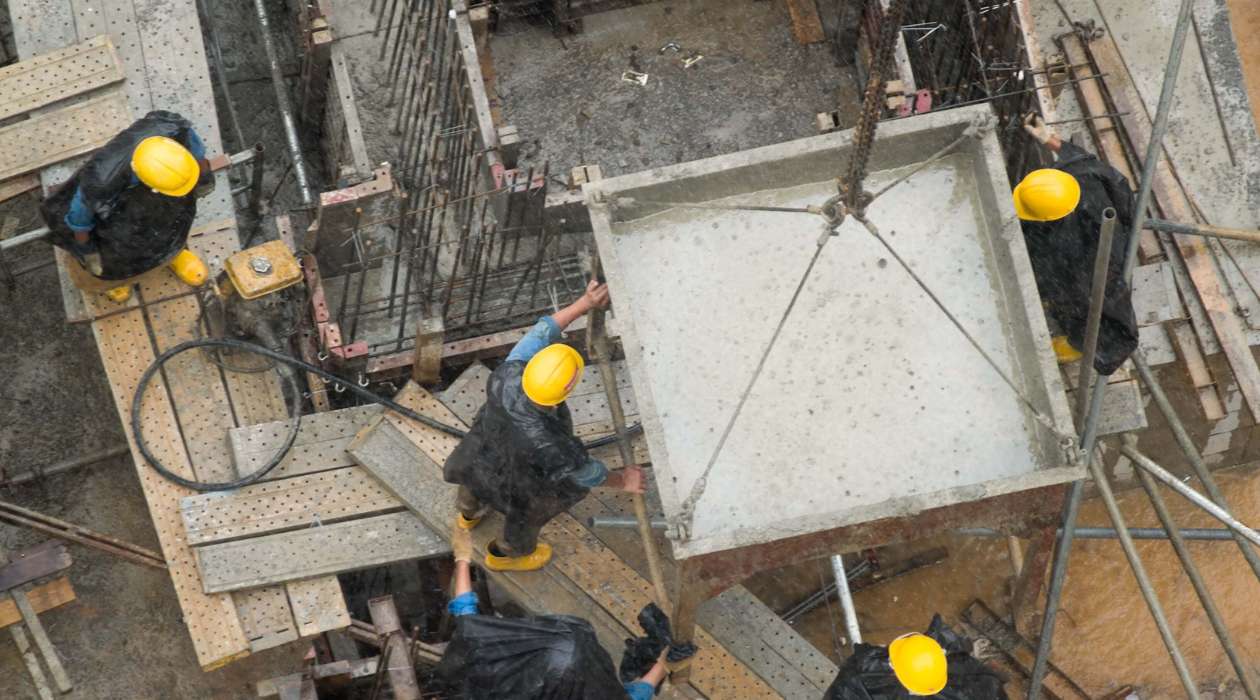
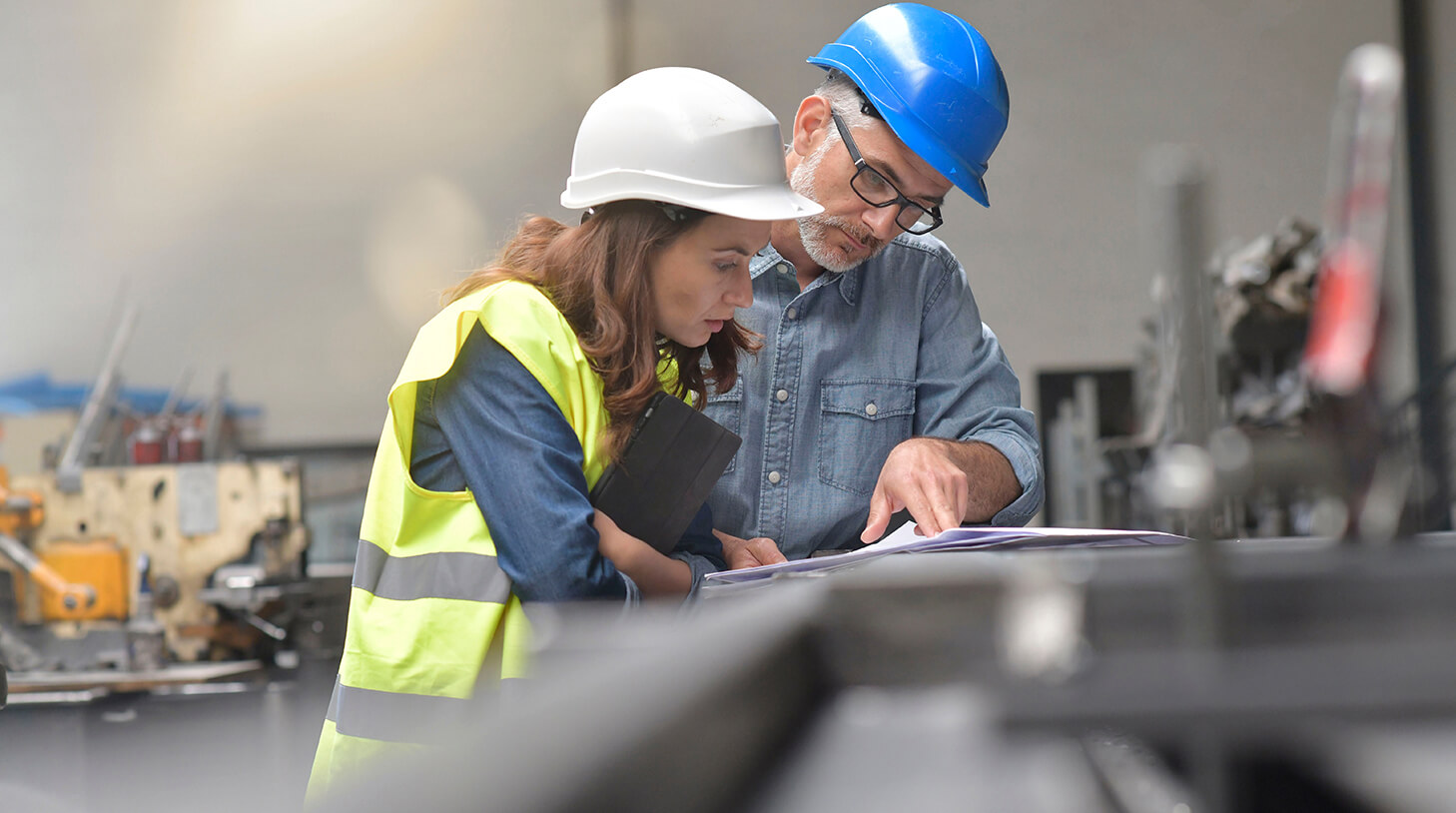
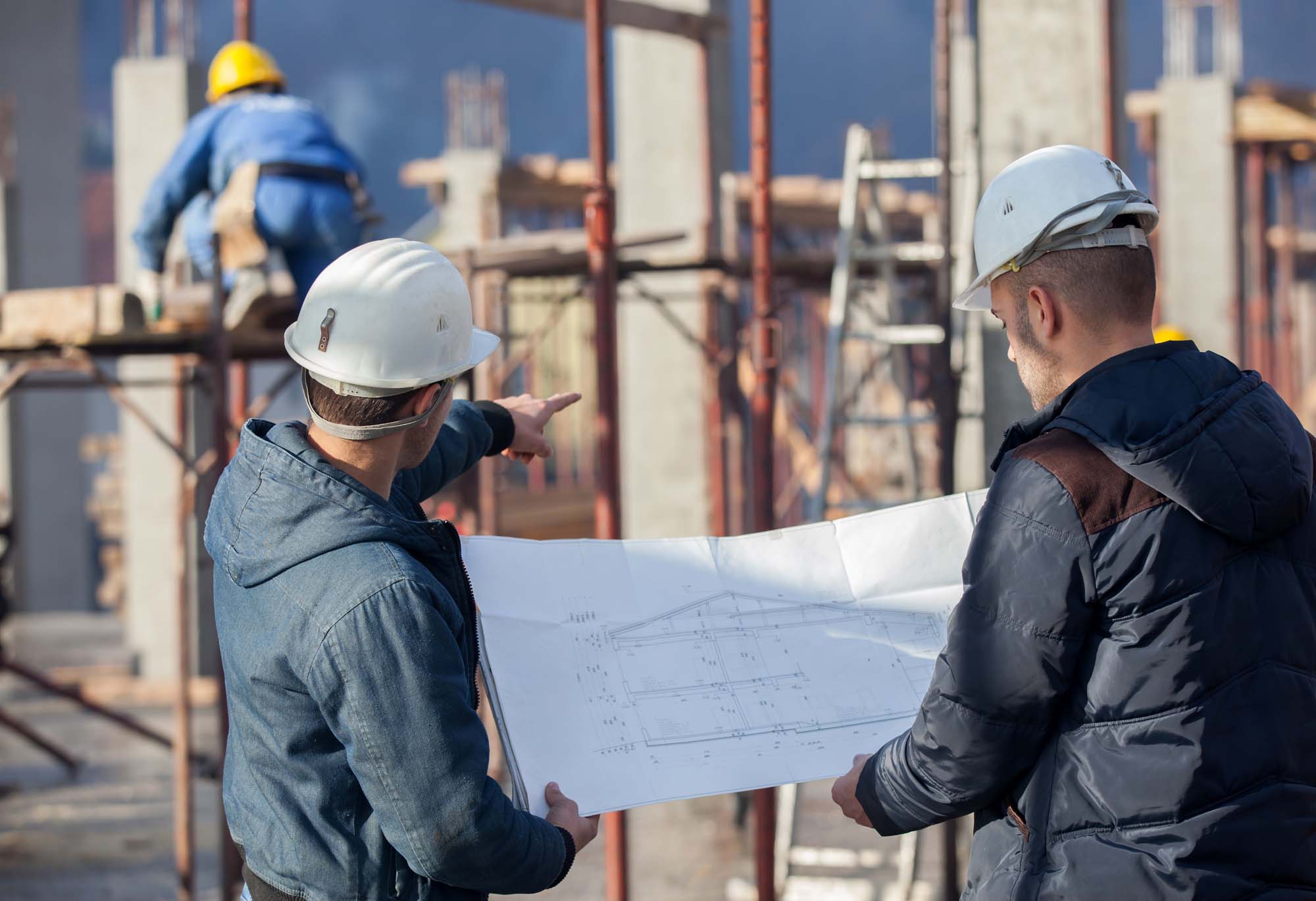
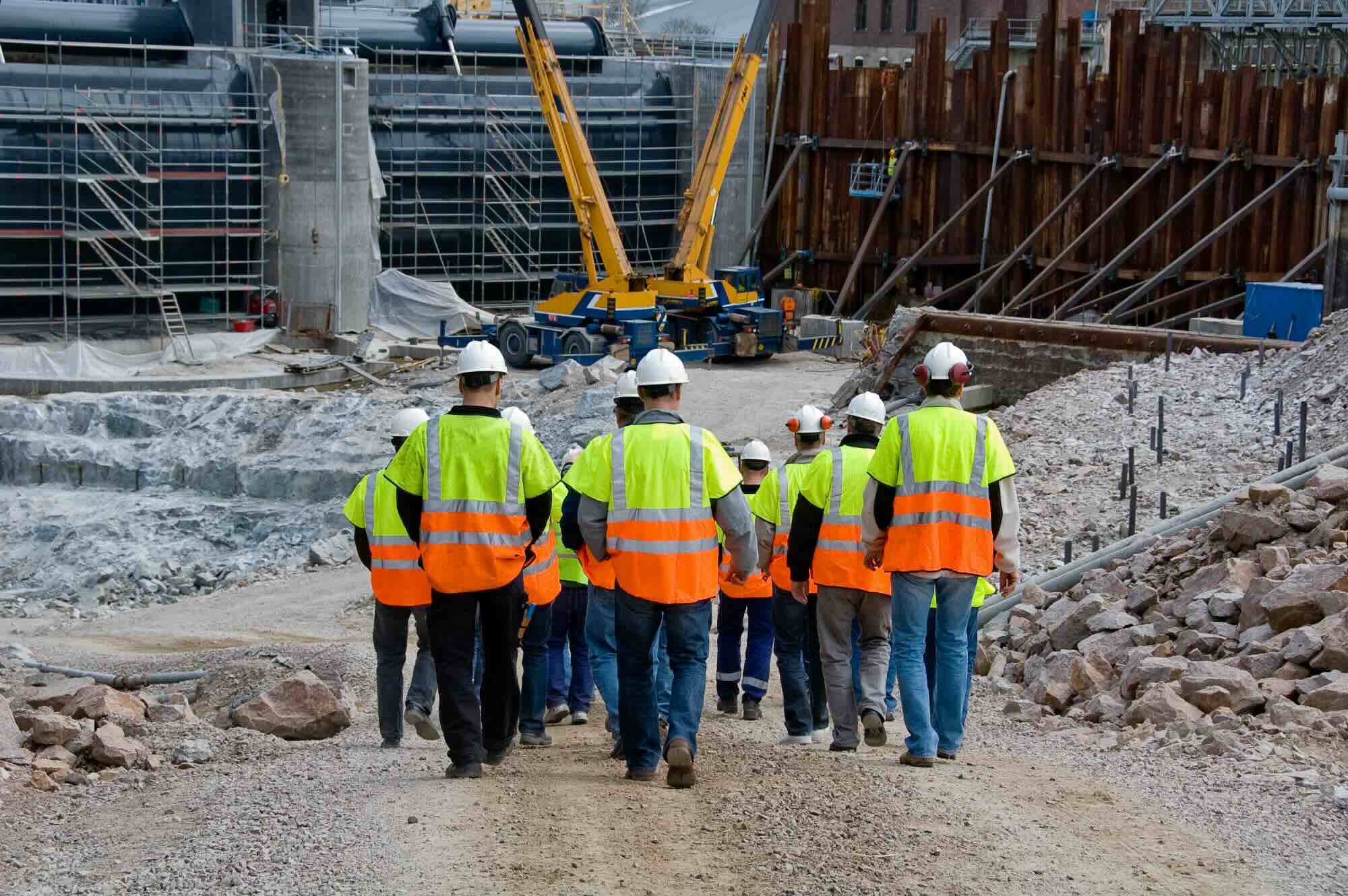
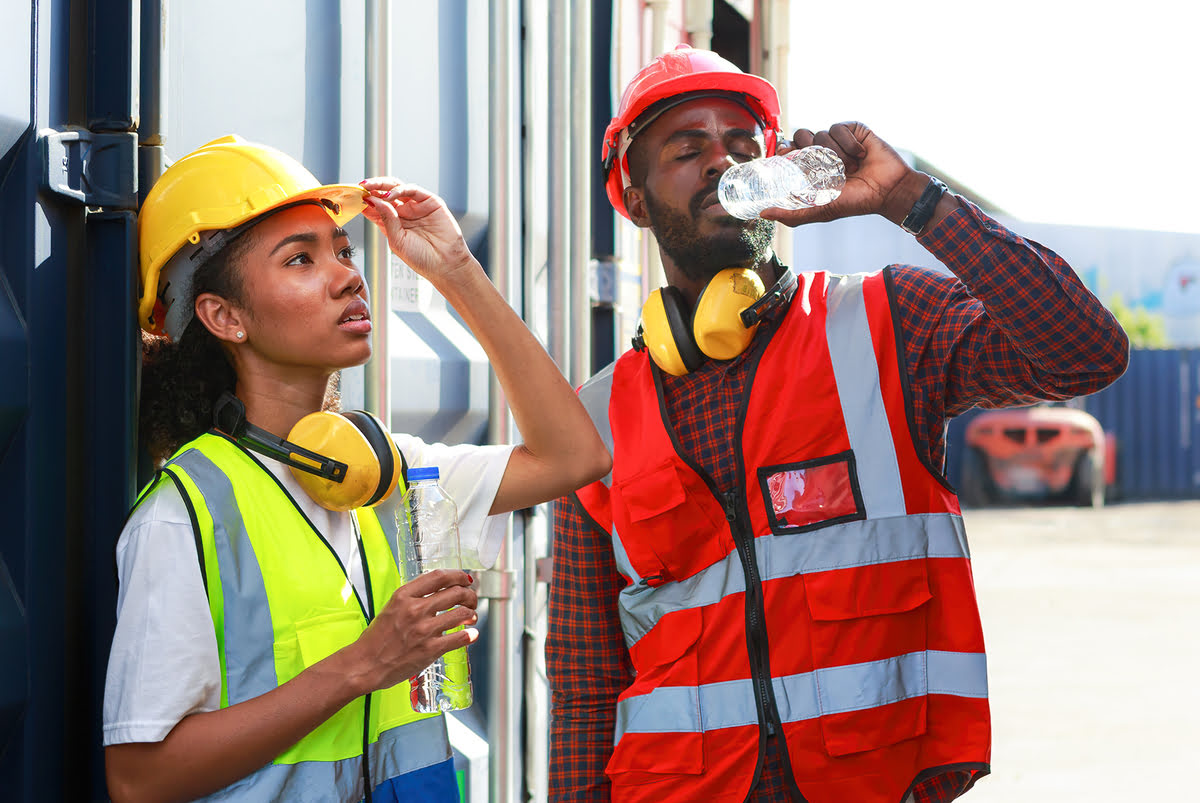
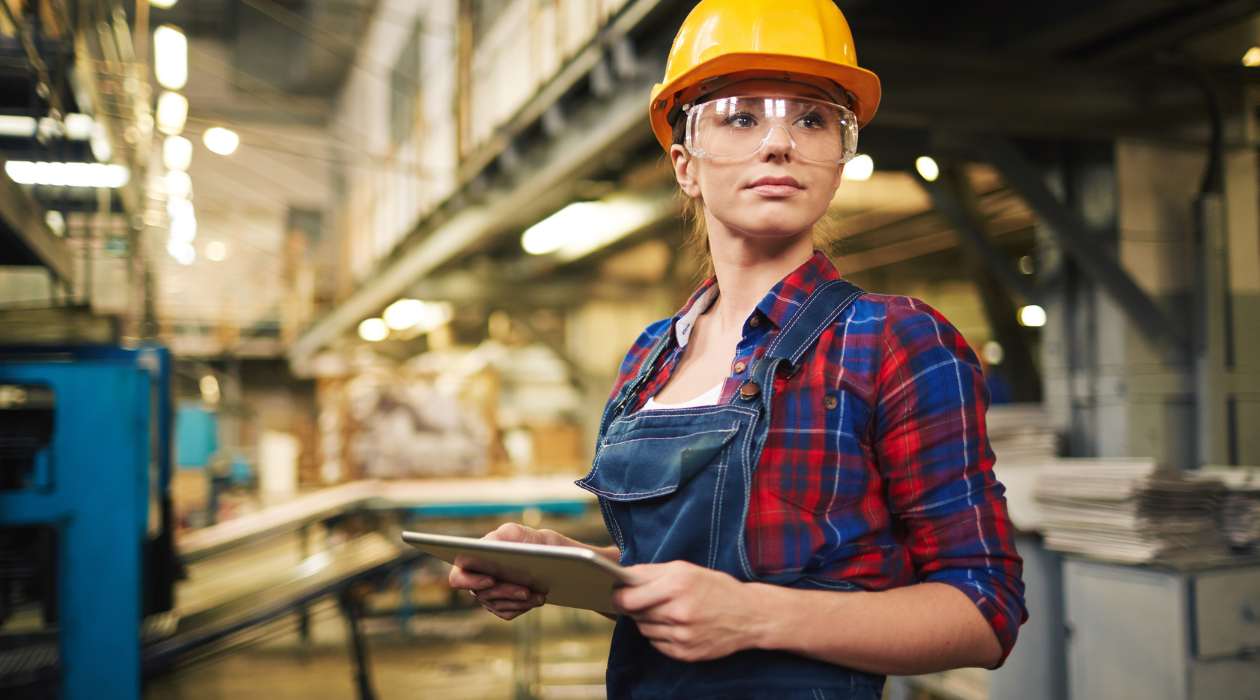
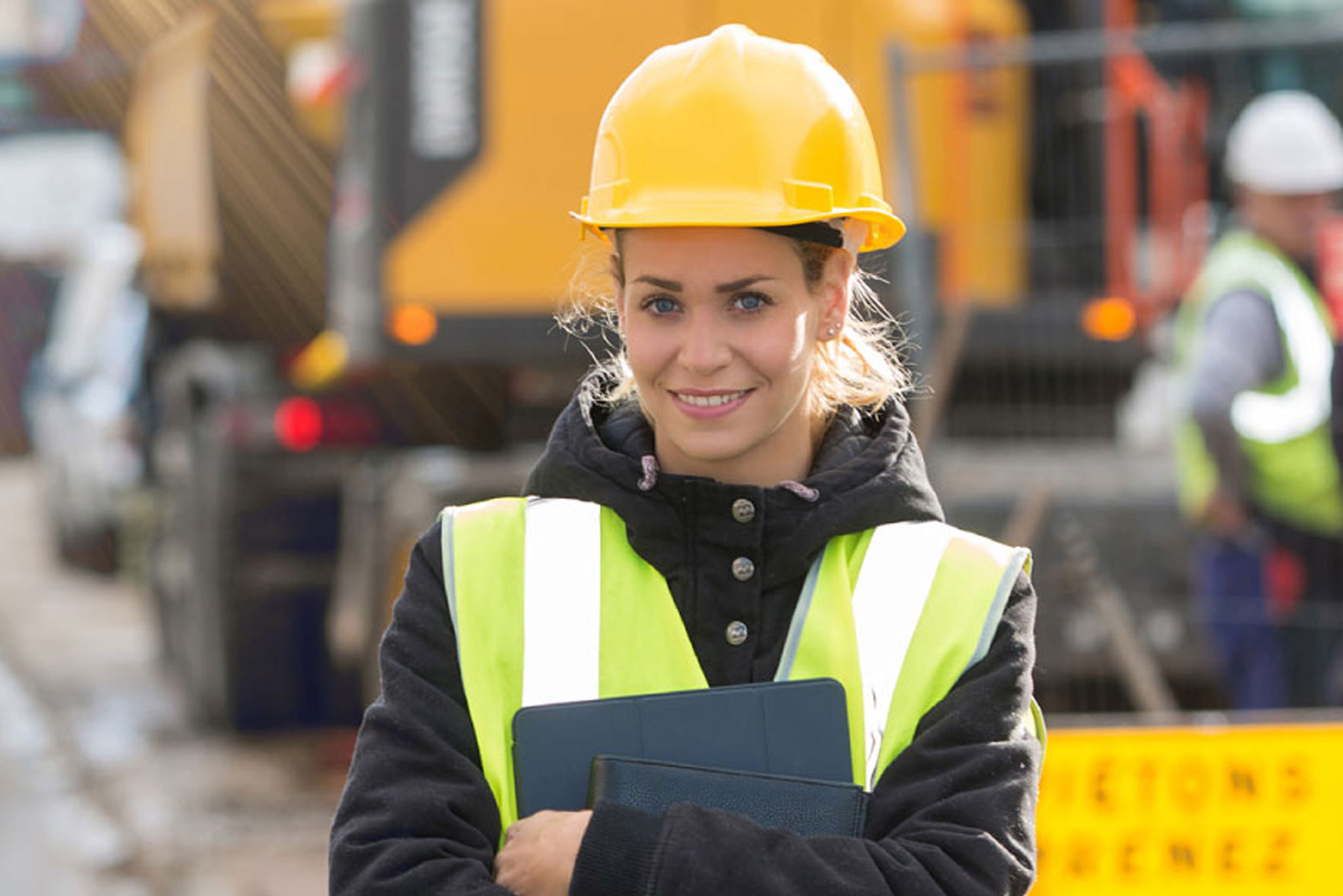
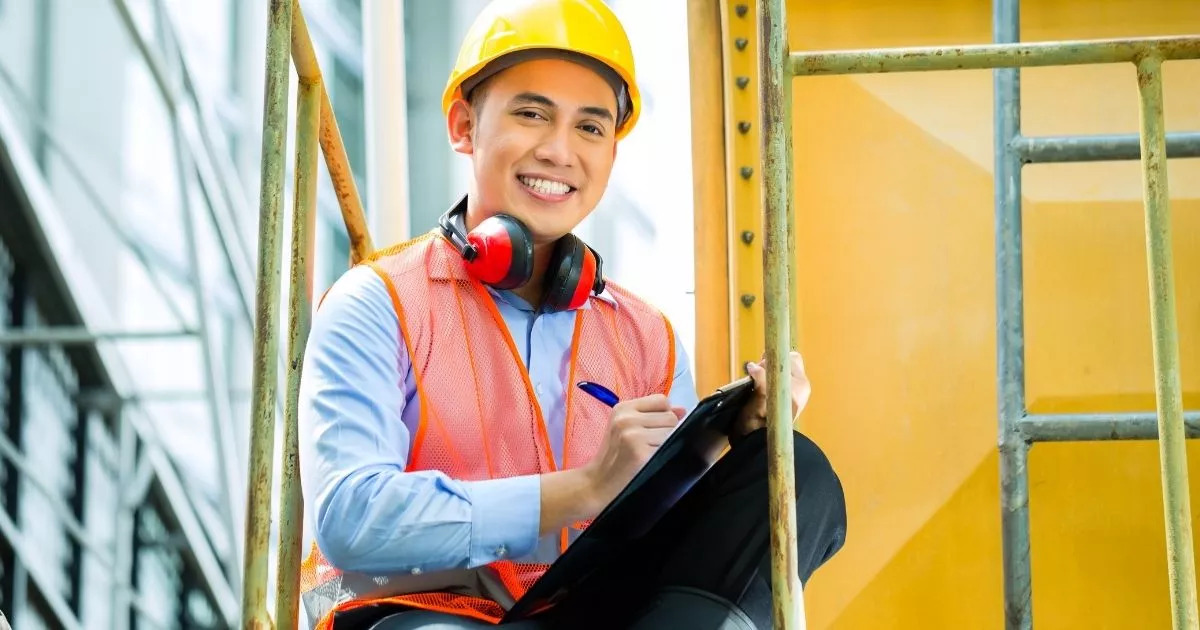
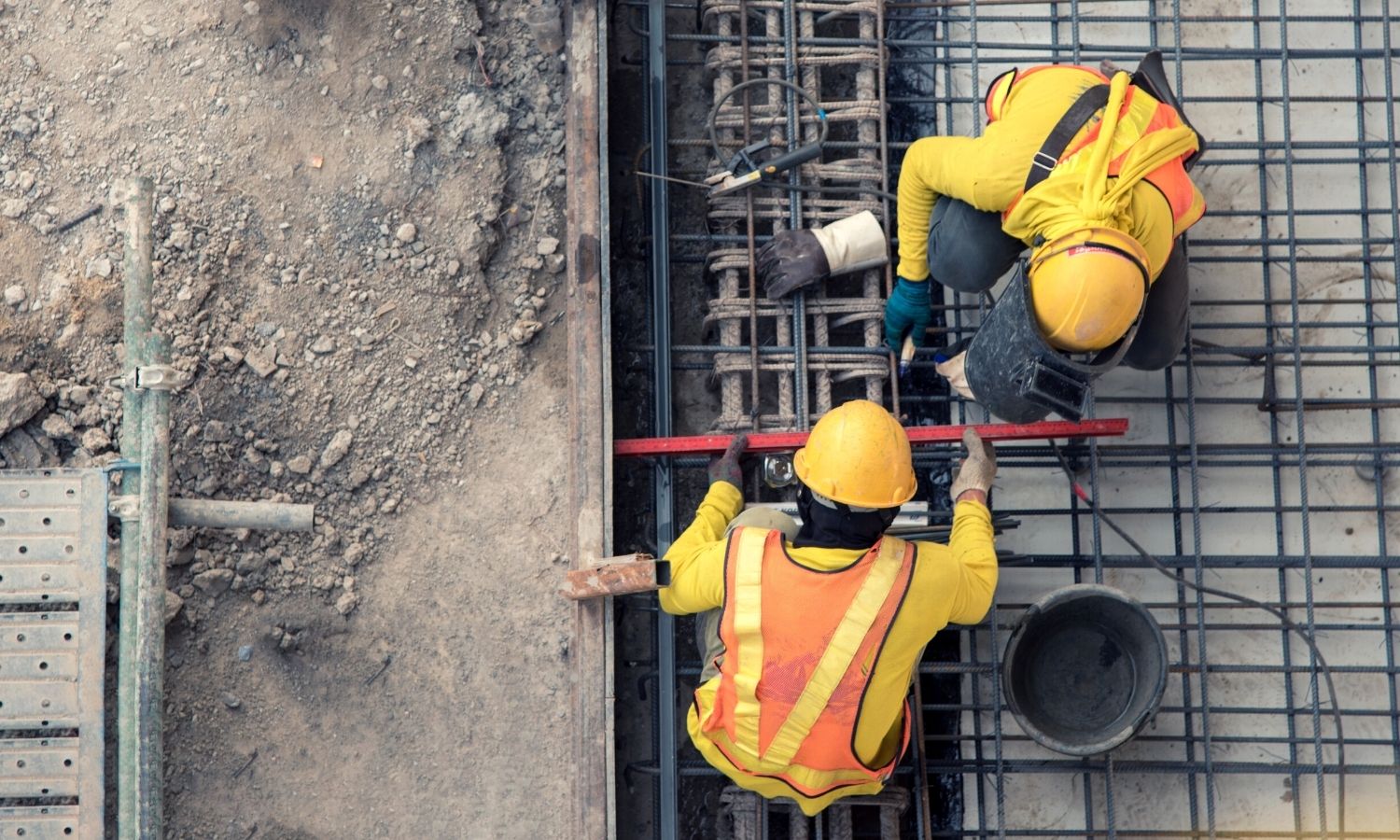

0 thoughts on “What Do Construction Workers Wear”